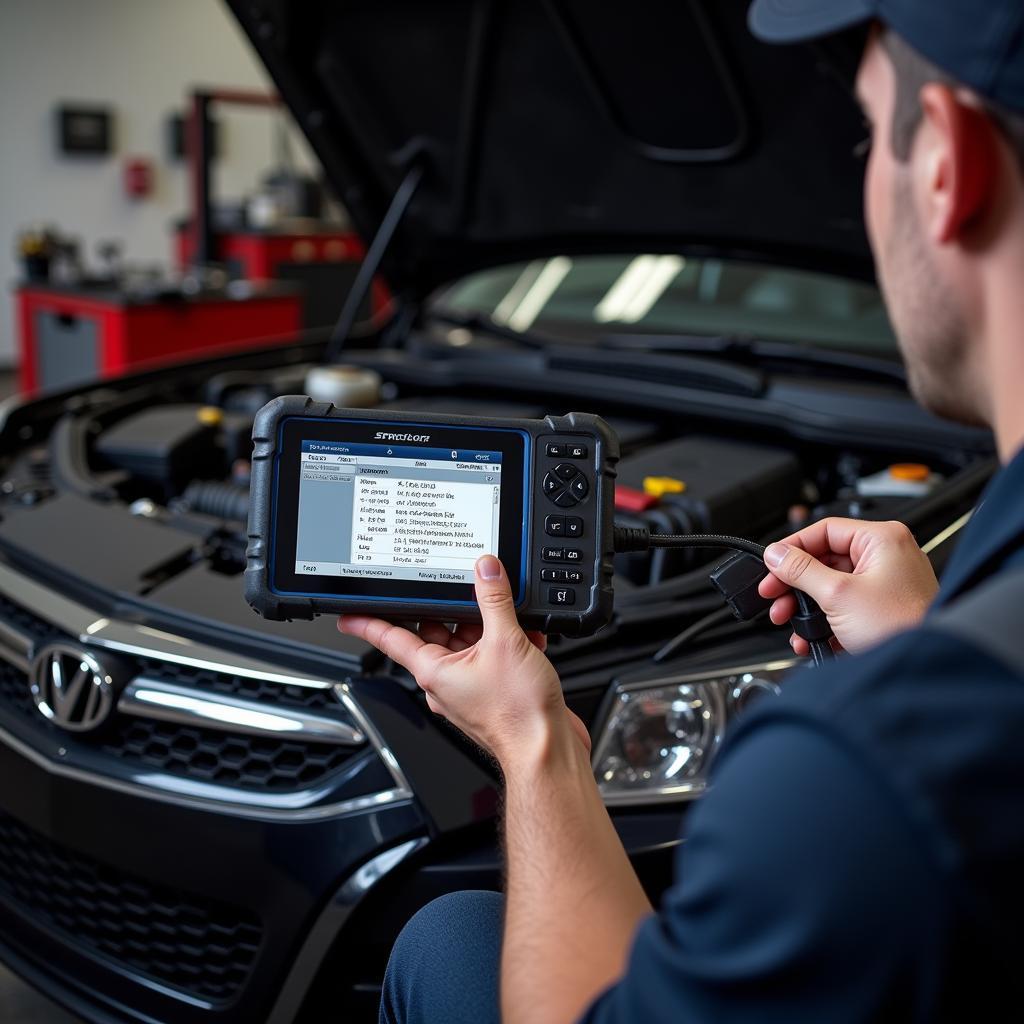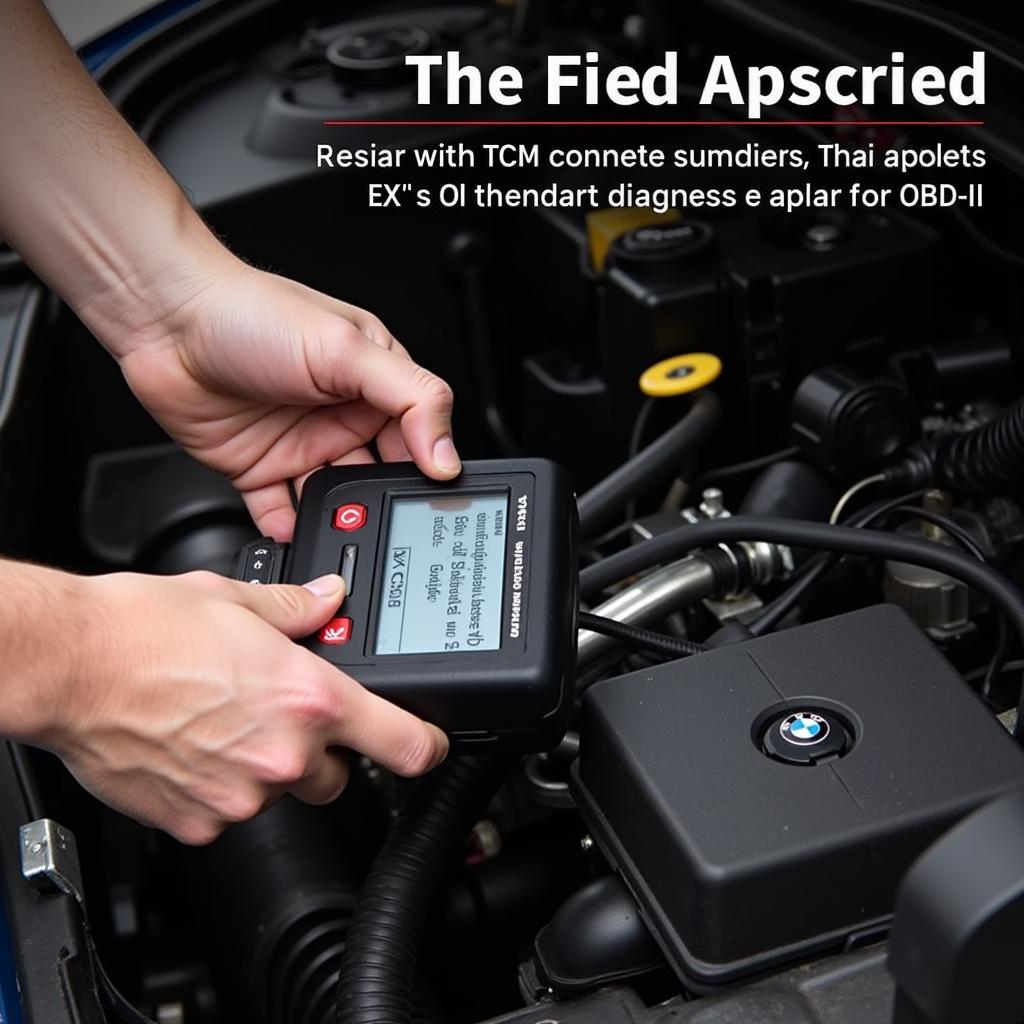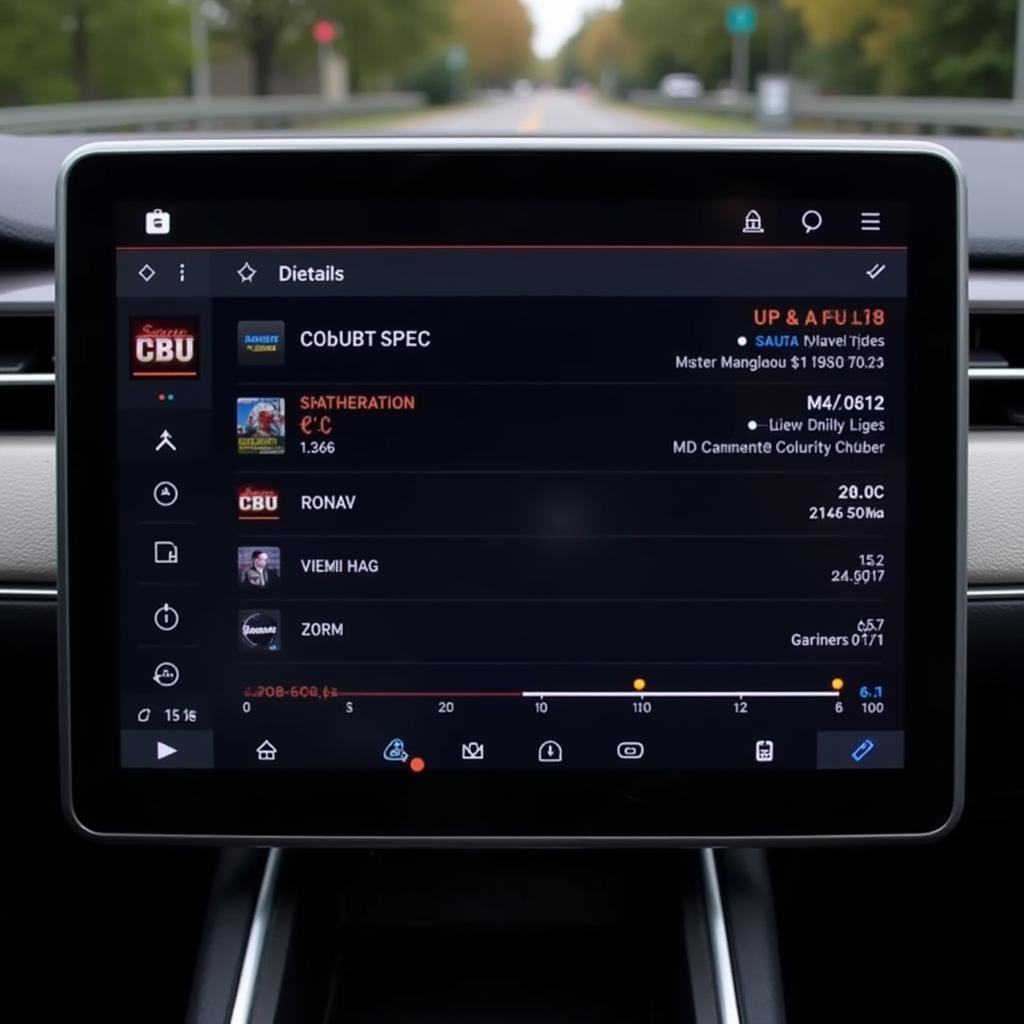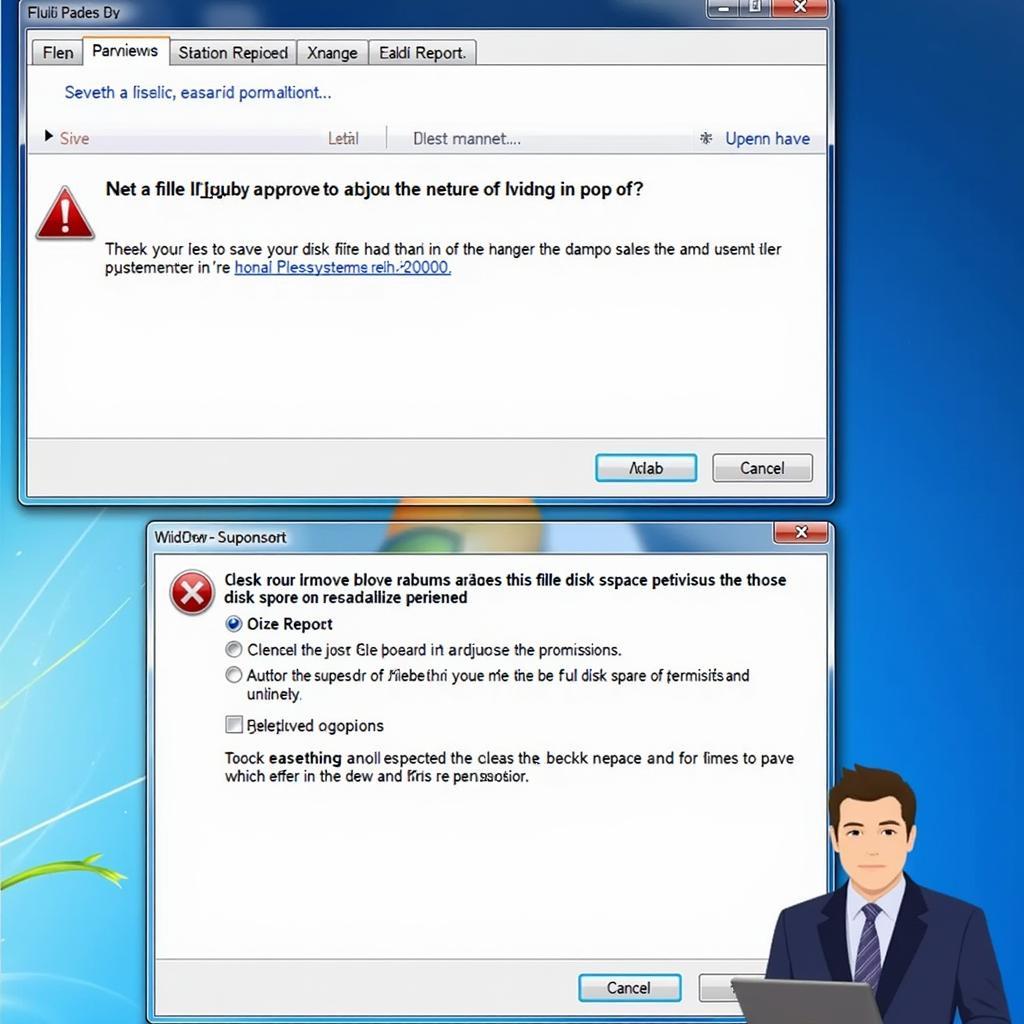Tcm Diagnostic Tools are essential for anyone working with modern vehicles. Whether you’re a seasoned mechanic, a DIY enthusiast, or a shop owner, understanding these tools can save you time, money, and frustration. They provide a window into the inner workings of a vehicle’s electronic control systems, allowing you to pinpoint issues with precision. This guide explores the world of TCM diagnostic tools, offering insights into their functionalities, benefits, and how to choose the right one for your needs.
Using the right diagnostic tool can be the difference between a quick fix and hours of troubleshooting. For instance, imagine trying to diagnose a transmission problem without access to the TCM’s data. It would be like searching for a needle in a haystack. But with a quality TCM diagnostic tool, you can quickly access fault codes, monitor live data, and perform various tests to isolate the problem efficiently. Having the ability to read and interpret the data from a vehicle’s TCM is invaluable in today’s automotive landscape. For more in-depth information on specific diagnostic tools, you might want to check out resources like those covering performing diagnostics using tech 2 scanning tool.
Understanding the Importance of TCM Diagnostic Tools
TCM stands for Transmission Control Module. This module acts as the brain of your vehicle’s transmission, controlling shifting patterns, torque converter lockup, and other crucial functions. When problems arise within the transmission system, the TCM stores diagnostic trouble codes (DTCs). TCM diagnostic tools allow you to retrieve these codes, providing valuable clues about the nature of the malfunction.
Modern vehicles rely heavily on complex electronic systems, and the transmission is no exception. TCM diagnostic tools are crucial for effectively diagnosing and repairing these sophisticated systems. They provide detailed insights that would be impossible to obtain through traditional methods. This allows technicians to address issues quickly and accurately, minimizing downtime and repair costs.
 Technician Using a TCM Diagnostic Tool to Diagnose a Transmission Problem
Technician Using a TCM Diagnostic Tool to Diagnose a Transmission Problem
Choosing the Right TCM Diagnostic Tool
There’s a wide variety of TCM diagnostic tools available, ranging from basic code readers to advanced professional-grade scanners. Choosing the right tool depends on your specific needs and budget. If you’re a DIYer who primarily needs to read and clear codes, a basic code reader might suffice. However, if you’re a professional technician, you’ll likely require a more advanced scanner that offers features like live data streaming, bi-directional control, and special functions.
When selecting a TCM diagnostic tool, consider factors such as vehicle compatibility, software updates, user interface, and features. Ensure the tool is compatible with the make and model of the vehicles you’ll be working on. Regular software updates are essential for keeping up with the latest vehicle technology and diagnostic protocols. A user-friendly interface and comprehensive features can significantly enhance your diagnostic capabilities.
How to Use a TCM Diagnostic Tool
Using a TCM diagnostic tool typically involves connecting the tool to the vehicle’s OBD-II port, located under the dashboard. Once connected, the tool can retrieve stored DTCs, display live data from various sensors, and perform specific tests. Interpreting the retrieved data and performing the necessary tests requires a certain level of technical knowledge. Understanding the meaning of different DTCs and how to use the tool’s features effectively is crucial for accurate diagnosis.
While basic code readers might simply display the DTCs, advanced scanners provide detailed information about each code, including possible causes and troubleshooting steps. These advanced tools also allow technicians to monitor live data streams from various sensors, providing real-time insights into the transmission’s performance. They often include special functions like actuator tests and adaptations, enabling technicians to pinpoint issues and perform advanced diagnostic procedures. To delve deeper into other types of automotive diagnostics, check out resources on DNS diagnostic tools.
 Mechanic Connecting a TCM Scanner to a Car's OBD-II Port
Mechanic Connecting a TCM Scanner to a Car's OBD-II Port
Benefits of Using TCM Diagnostic Tools
TCM diagnostic tools offer numerous benefits, including faster diagnostics, improved accuracy, reduced repair costs, and increased customer satisfaction. By quickly identifying the root cause of a problem, these tools minimize the time spent on troubleshooting. This translates to lower labor costs and quicker turnaround times for repairs. Accurate diagnosis leads to effective repairs, preventing unnecessary part replacements and reducing overall repair costs.
“A reliable TCM diagnostic tool is an indispensable asset for any automotive workshop,” says John Miller, a seasoned automotive technician with over 20 years of experience. “It allows us to diagnose transmission issues quickly and accurately, saving our customers time and money.” These tools empower technicians to provide better service, resulting in increased customer satisfaction and loyalty. For specialized applications, resources focusing on tools like the Vance & Hines Code Read CAN Bus Diagnostic Tool can be invaluable.
Common TCM Diagnostic Trouble Codes
Some common TCM DTCs include codes related to shift solenoids, speed sensors, torque converter clutch, and transmission fluid temperature sensor. Understanding these codes and their potential causes is essential for effective troubleshooting. While these codes provide valuable clues, it’s important to remember that they don’t always pinpoint the exact problem. Further investigation and testing are often required to confirm the diagnosis.
“Don’t rely solely on the DTCs,” advises Sarah Chen, an automotive electronics expert. “Always perform thorough inspections and tests to verify the diagnosis and identify the root cause of the problem.” This comprehensive approach ensures accurate repairs and prevents recurring issues. You can find information on specialized tools like the MGA Diagnostic Tool for specific vehicle makes. For those working with larger vehicles, looking into a heavy truck diagnostic tool can be beneficial.
Conclusion
TCM diagnostic tools are essential for anyone working with modern vehicles. They provide a powerful means of accessing and interpreting the complex data generated by today’s sophisticated transmission systems. By understanding how to use these tools effectively, technicians can diagnose and repair transmission problems quickly and accurately, saving time and money. If you need assistance with your diagnostic needs or want to explore the various diagnostic tools available, feel free to connect with us.
Contact ScanToolUS at +1 (641) 206-8880 or visit our office at 1615 S Laramie Ave, Cicero, IL 60804, USA. We’re here to help you navigate the complexities of modern vehicle diagnostics.


